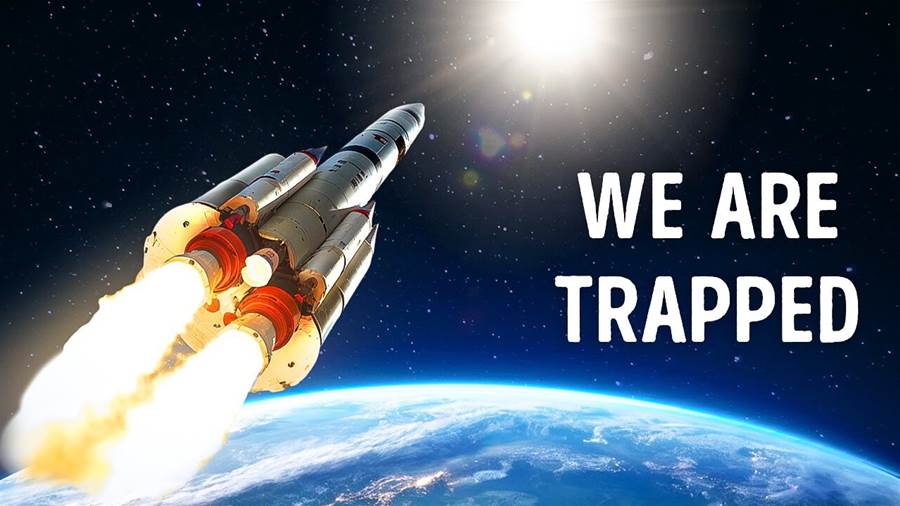
Humans have long been captivated by the vastness of space and have embarked on remarkable missions to explore its depths. While our understanding and technological capabilities have expanded significantly, the extent to which we can delve into space remains limited. This article delves into the current boundaries of human exploration in space and the challenges that lie ahead.
Space exploration began with the iconic Apollo missions in the 1960s, which allowed humans to land on the moon for the first time. Since then, we have sent unmanned probes to investigate planets, moons, and asteroids within our own solar system.

Despite these achievements, our ability to venture deeper into space is limited by several factors. Firstly, the vast distances between celestial bodies make it extremely challenging to reach them within a reasonable timeframe using current propulsion systems.
However, space agencies and private companies are actively working to overcome these obstacles. Projects such as NASA's Artemis program aim to return humans to the moon and establish a sustainable presence. Additionally, the development of advanced propulsion technologies and space habitats may enable future missions to explore Mars and beyond.
In conclusion, while humans have made impressive strides in space exploration, our ability to go deeper into space remains constrained by technological limitations and the hazards of the environment. Nonetheless, ongoing research and development efforts offer hope for expanding our exploration capabilities and pushing the boundaries of human presence in the cosmos.








